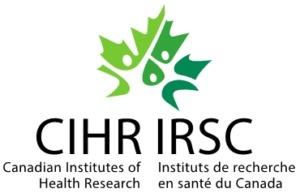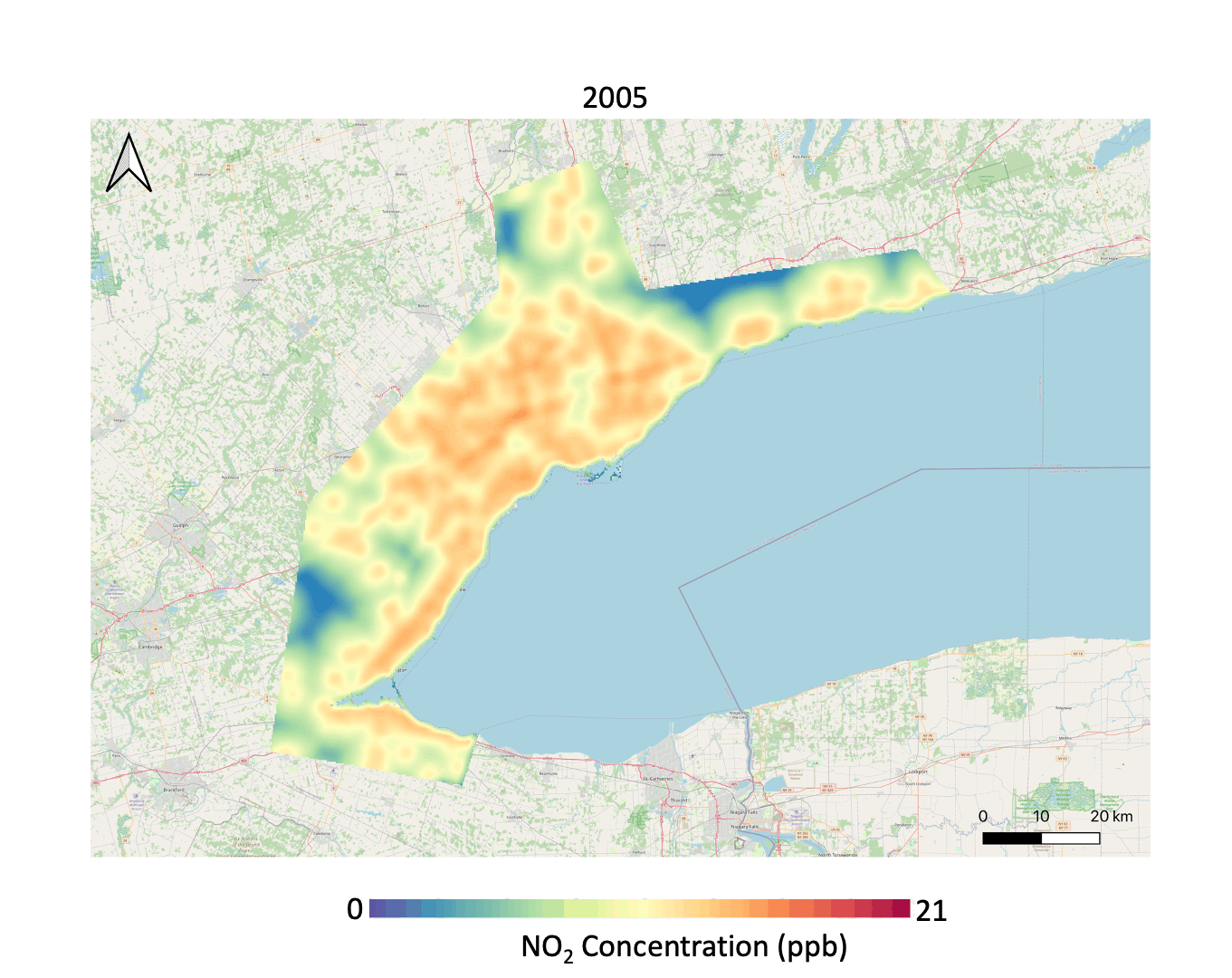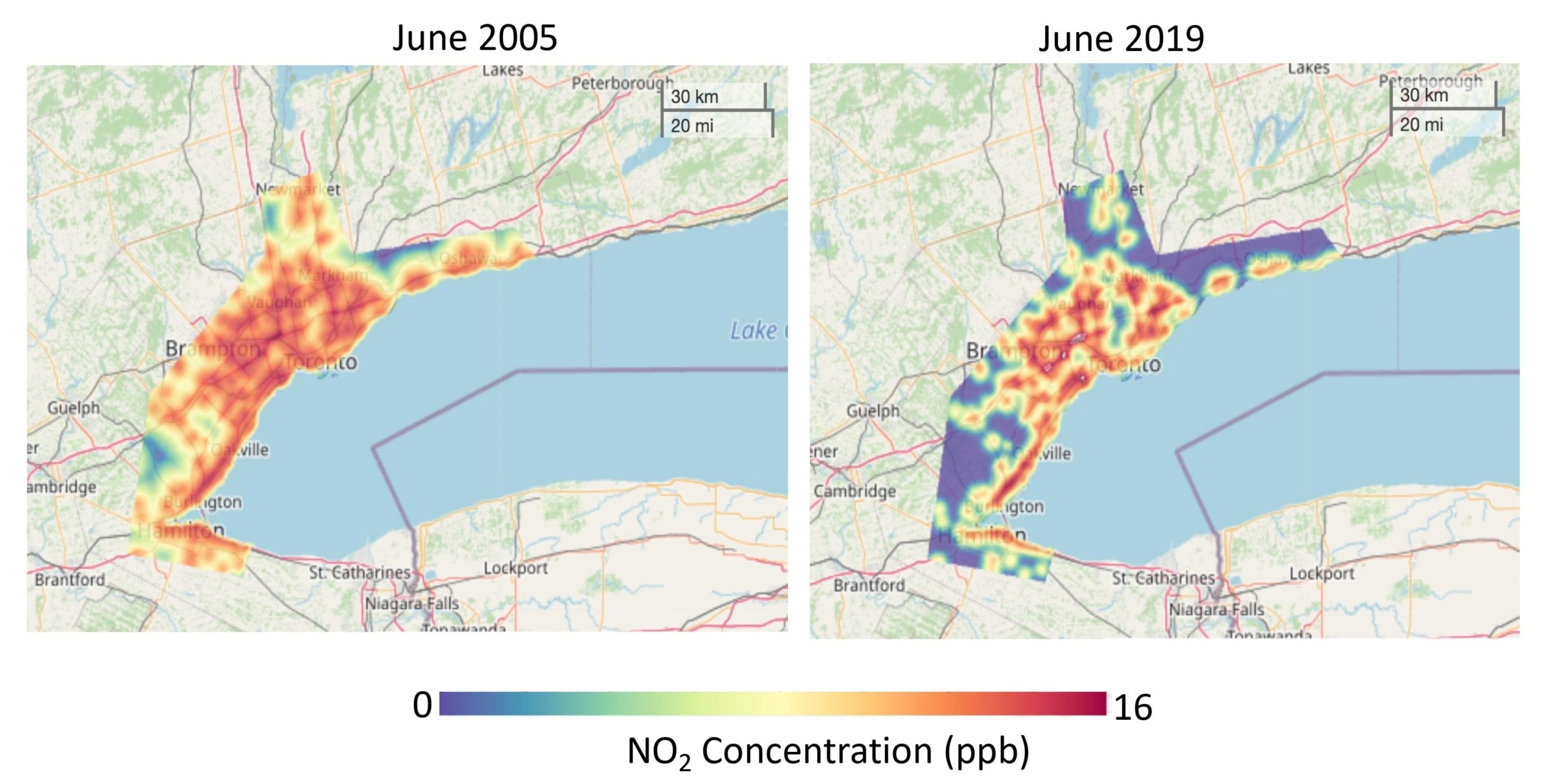Introduction :
Dans le cadre d’un cours d’expérience professionnelle à l’Université de Toronto, les étudiants de premier cycle Kevin Yuan, Kasandra Tworzyanski et Nick Chan ont mené un projet pilote pour CANUE au cours de l’année universitaire. Le projet visait à évaluer les conditions environnementales dans les cours d’école et les rues avoisinantes en établissant un classement basé sur cinq variables environnementales clés : la pollution de l’air, la pollution sonore, la couverture du couvert végétal, les arbres de rue et l’accès à des points de vente d’aliments sains. Les classements ont été établis sur la base des valeurs de ces variables dans une zone définie. L’analyse s’est concentrée sur 10 écoles publiques de Toronto sélectionnées au hasard. Chaque école a reçu un classement reflétant la qualité des conditions environnementales à l’intérieur et autour de l’école.
Pour comprendre les expositions environnementales auxquelles les élèves peuvent être confrontés sur le chemin de l’école, une analyse a été menée en deux parties. Dans la partie A, les cours d’école elles-mêmes ont été examinées, où quatre des cinq variables environnementales, à l’exception de l’accès à des points de vente d’aliments sains, ont été résumées en fonction de leurs valeurs à l’intérieur des limites de la cour d’école. Dans la partie B, les conditions environnementales autour des rues des écoles ont été évaluées en résumant les valeurs des cinq variables à une distance définie de chaque école.
Méthodes :
Pour le projet, nous avons inclus des couches de données vectorielles et matricielles. Les couches de données vectorielles sont des points indiquant l’emplacement des arbres de rue et des points de vente d’aliments sains, et ont été obtenues à partir d’OpenStreetMap et des données ouvertes de la ville de Toronto. Une couche vectorielle du Toronto District School Board (TDSB) décrivant les limites des écoles a été utilisée comme ligne directrice pour définir les cours d’école. Les couches de données matricielles que nous avons utilisées comprennent la pollution sonore, la pollution atmosphérique et la canopée des arbres, obtenues à partir de la plateforme publique de CANUE, HealthyPlan.City. La figure 1 montre les trois couches de données matricielles cartographiées aux limites de la ville de Toronto.
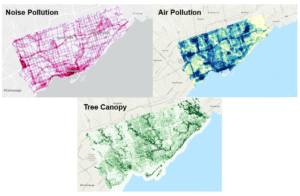
Figure 1 : Couches de données matricielles illustrant la pollution sonore, la pollution atmosphérique et la couverture du couvert végétal. Sur chaque carte, les teintes plus foncées indiquent des valeurs plus élevées, soit une pollution plus importante, soit un couvert végétal plus dense.
Méthodes d’analyse spatiale :
Pour la partie A, nous avons utilisé ArcGIS Pro pour réviser les 10 polygones représentant les cours d’école obtenus auprès du TDSB. Pour la partie B, nous avons utilisé la méthode d’analyse de réseau dans ArcGIS Pro pour créer trois isochrones de marche pour chaque école. Ces trois isochrones indiquent les zones qui peuvent être atteintes à pied en 5, 10 et 15 minutes de l’école. La figure 2 montre un échantillon des isochrones créés et un contour de l’une des limites de l’école, avec la trame de la canopée des arbres superposée.
Pour les couches de données ponctuelles, nous avons utilisé l’outil Spatial Join pour compter le nombre de points à l’intérieur de chaque polygone. Pour les couches de données matricielles, nous utilisons des statistiques zonales pour résumer les niveaux moyens de pollution atmosphérique et sonore et la couverture du couvert végétal dans chaque polygone. Ces moyennes et valeurs de comptage ont été obtenues pour chaque école.
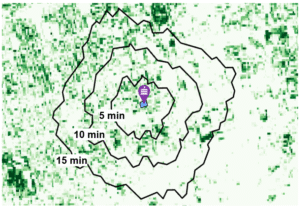

Figure 2 : L’image de gauche montre trois isochrones de marche autour d’une école, superposés à une trame de couvert arboré où le vert plus foncé indique un couvert arboré plus dense. L’image de droite montre le contour polygonal des limites d’une école.
Méthode de classement :
Le langage de programmation R a été utilisé pour classer les écoles en fonction de leur score pour chaque variable environnementale, et les valeurs brutes des moyennes et des comptages ont été converties en classements de 1 à 5 pour chaque variable. Deux classements distincts ont été créés pour les parties A et B. Un score global pour les parties A et B a ensuite été calculé à l’aide d’un système de classement pondéré. Pour la partie B, les valeurs brutes ont été obtenues en calculant la moyenne ou le total de chaque variable environnementale pour les trois isochrones.
Les pondérations appliquées à chaque variable environnementale étaient les suivantes : pollution de l’air (40 %), pollution sonore (30 %), couvert végétal (25 %) et points d’arbres (5 %). Lorsque des points de vente d’aliments sains ont été inclus dans la partie B, ils ont été pondérés à hauteur de 5 %, le pourcentage restant étant réparti de la même manière entre les autres variables. Ces pondérations s’appuient sur des sources externes qui soulignent que la pollution atmosphérique et la pollution sonore sont les déterminants les plus importants des effets néfastes sur la santé (Carrier et al., 2016).
Résultats :
Une carte Web a été créée pour visualiser les résultats et les classements finaux de l’analyse pour les 10 écoles. En cliquant sur la carte, les utilisateurs peuvent visualiser les valeurs brutes de chaque variable environnementale et voir comment chaque école se classe (de 1 à 10) pour les parties A et B de l’analyse. Des images sont également incluses pour illustrer les conditions physiques des cours d’école et des rues avoisinantes, ce qui aide à comprendre les expositions environnementales.
Les figures 3 et 4 montrent un échantillon de ces images pour les écoles les mieux et les moins bien classées, respectivement.


Figure 3 : Images de l’école la mieux classée en raison de ses vastes espaces verts, de sa couverture arborée et de son environnement résidentiel calme, ce qui indique une faible pollution sonore.


Figure 4 : Images de l’école la moins bien classée de l’évaluation. La cour de l’école semble beaucoup plus petite et les arbres y sont peu nombreux. Son emplacement à proximité de rues passantes et du centre-ville suggère des niveaux plus élevés de pollution atmosphérique et sonore.
Conclusion :
Ce projet a démontré comment les données géographiques peuvent être utilisées pour évaluer l’environnement à l’intérieur et autour des écoles. L’extension de ce travail pourrait servir d’outil pour identifier les inégalités dans les facteurs environnementaux clés à l’intérieur et autour des environnements scolaires dans la ville de Toronto ou dans toute la province.
Références :
- Carrier, M., Apparicio, P. et Séguin, A.-M. (2016). Le bruit de la circulation routière à Montréal et l’équité environnementale : Qu’en est-il pour les groupes de population les plus vulnérables ? Journal of Transport Geography, 51, 1-8. https://doi.org/10.1016/j.jtrangeo.2015.10.020
- Ville de Toronto. (2024). Street Tree Data. Portail de données ouvertes de la ville de Toronto. https://open.toronto.ca/dataset/street-tree-data/



